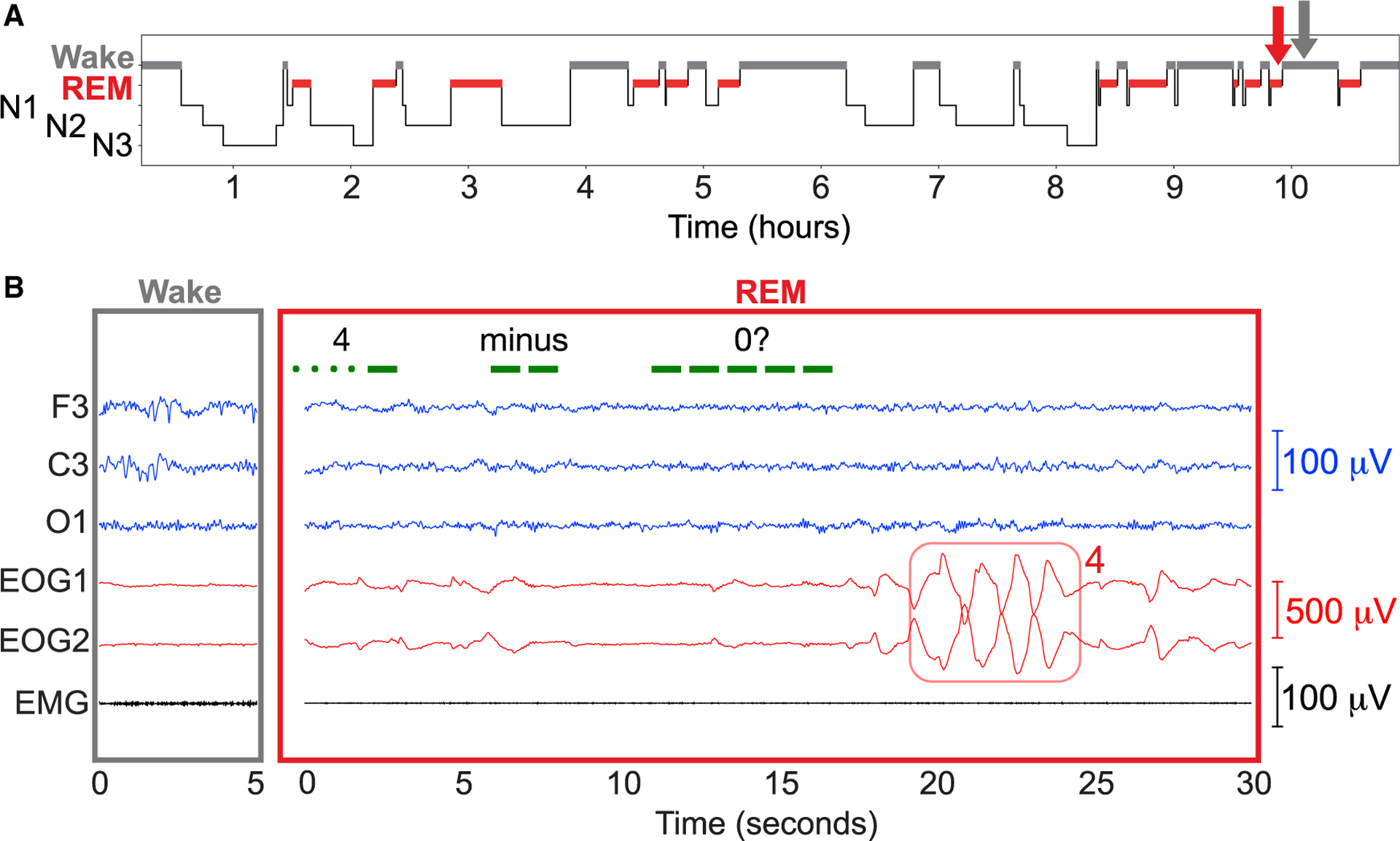Figure 3. Interactive dreaming (German group).

The participant was stimulated during REM sleep with red and green LED light flashes to convey Morse-coded math problems.
(A) Hypnogram of the night.
(B) An awake period (left) and a period of interactive dreaming during REM sleep (right), corresponding to the times indicated by the gray and red arrows in (A), respectively. The question “4 minus 0” was presented, as shown in green. The resulting answer “4” produced by the dreamer was apparent in the EOG signals. Upon awakening, the participant recalled the problem almost correctly. Dream report: “A medical practice, maybe for physiotherapy. I was alone in the room and there was a large doctor’s couch in the middle of the room, shelves, sideboards. The couch was strange. The room seemed solid and steady, when the lights started flickering. I recognized this as the flashing signal [Morse code] from the outside (4 plus 0,  ) and reported the answer ‘4’ with eye signals. I looked for a tool that could flash, and I found a round bowl full of water. The water flashed (like a fish tank light that one turns on and off). I again saw a signal, but was not able to identify it. The bowl broke because I accidentally let it fall while trying to decode the flashes. I left the room, trying to find something else that could flash, and went outside and looked up to the clouds. There was yellow sunlight and light gray clouds. I saw variations in the brightness, clouds drifting past quickly, but again, unfortunately, I could not decipher a flashing signal. It was too fast to decode, but I knew that these were math problems.”
) and reported the answer ‘4’ with eye signals. I looked for a tool that could flash, and I found a round bowl full of water. The water flashed (like a fish tank light that one turns on and off). I again saw a signal, but was not able to identify it. The bowl broke because I accidentally let it fall while trying to decode the flashes. I left the room, trying to find something else that could flash, and went outside and looked up to the clouds. There was yellow sunlight and light gray clouds. I saw variations in the brightness, clouds drifting past quickly, but again, unfortunately, I could not decipher a flashing signal. It was too fast to decode, but I knew that these were math problems.”
